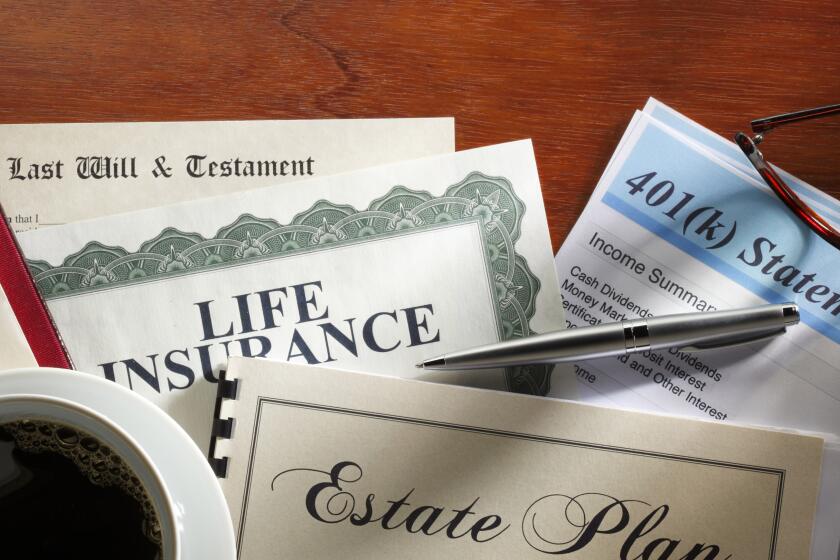STORAGE : Bring Out the File Folders, Labels; Organize Statements and Policies
- Share via
Are your household papers a hopeless mess?
A home filing system is easy to establish, and you will really appreciate it when you need to find documents in a hurry.
A two-tiered system that separates your papers in active files and long-term storage files is usually best. It gives you ready access to current, routinely needed material while keeping valuable papers secure.
Organize the active file first. Keep in it all the papers that you accumulate and need during the current year.
They include receipts and other records necessary for figuring taxes, bank and credit card statements, current insurance policies, employee benefit data, medical correspondence, children’s report cards, warranties and owners’ manuals for appliances and papers relating to home and automobile maintenance.
To create the file, gather all the papers and documents that need to be filed, along with file folders, labels, pens or pencils and an empty wastebasket.
Arrange the papers and documents in a pile. Pick up the topmost item and decide whether it has any value to you. If it doesn’t, throw it away and go on to the next item. If it does, choose a folder heading for it, label the folder and slip in the item.
For most household filing systems, labeling by subject is usually the most suitable method. Subject files are flexible; you can always retitle, subdivide or consolidate folders as necessary.
Continue by picking up each successive item in the stack and going through the same procedure. As you go along, you’ll find that many items will fit into existing folders rather than require new ones. Keep the contents of folders in chronological order by placing material with the most recent date near the front.
Include a folder marked “Miscellaneous” and a “To File” folder for material you can’t file right away.
Arrange the folders in alphabetical order and store them in a file cabinet, desk drawer or sturdy carton where they are easily accessible.
As you go through the stack, make a separate pile of any important papers or documents that require long-term or permanent storage or are difficult to replace.
Utility shelves and large cartons with tops make good in-house storage. You can place accordion folders in them to preserve tax returns and financial records that must be kept until their statutes of limitations run out. (Currently, tax returns should be kept for six years.)
You should also include folders corresponding to those in the active file. Each year, at tax time, sort through the active file and transfer any material that is no longer current but that you do not want to throw away into the long-term storage file.
Keep valuable and difficult-to-replace documents in a bank safe-deposit box, safe or fireproof strongbox. These include birth and marriage certificates, passports, securities, property records like mortgages, deeds and titles, a photocopy of your will (the original should remain with your lawyer), and an inventory of valuable items in your home, such as jewelry and collectibles.
Do not keep life insurance policies or deeds to burial plots in a safe-deposit box. Safe-deposit boxes are often sealed by court order when the box holder dies and this can render the documents inaccessible.
More to Read
Inside the business of entertainment
The Wide Shot brings you news, analysis and insights on everything from streaming wars to production — and what it all means for the future.
You may occasionally receive promotional content from the Los Angeles Times.










